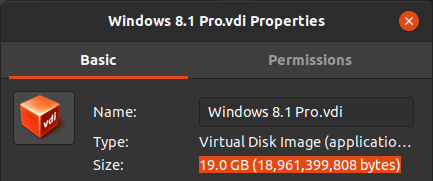I have a Windows (2000) VM in VirtualBox with a dynamic expanding drive. I need to shrink the drive size since I’ve removed a couple GB of files from the VM. How would I go about doing that? Does it require zeroing out the data on the Windows side then finding a way to adjust the VM hard drive size?
Thanks!
Nathan Parker







